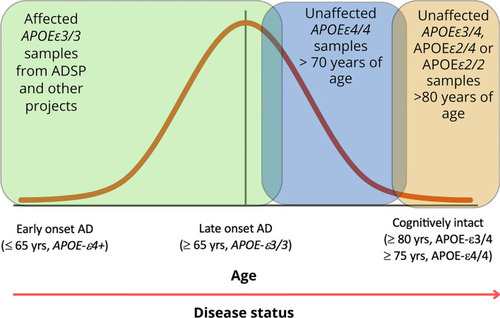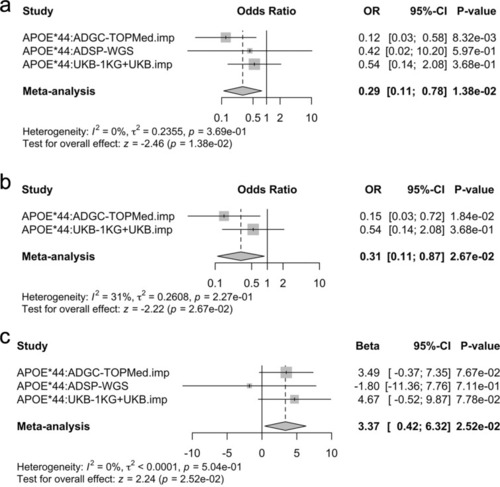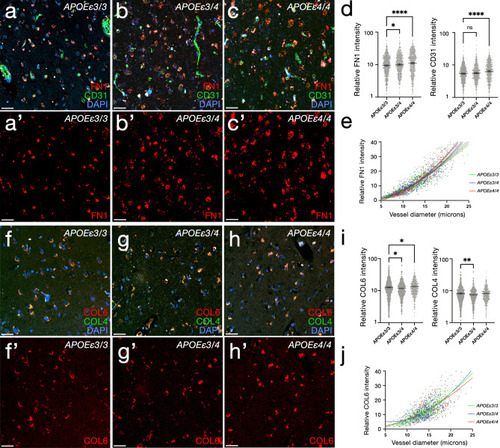- Title
-
Rare genetic variation in fibronectin 1 (FN1) protects against APOEε4 in Alzheimer's disease
- Authors
- Bhattarai, P., Gunasekaran, T.I., Belloy, M.E., Reyes-Dumeyer, D., Jülich, D., Tayran, H., Yilmaz, E., Flaherty, D., Turgutalp, B., Sukumar, G., Alba, C., McGrath, E.M., Hupalo, D.N., Bacikova, D., Le Guen, Y., Lantigua, R., Medrano, M., Rivera, D., Recio, P., Nuriel, T., Ertekin-Taner, N., Teich, A.F., Dickson, D.W., Holley, S., Greicius, M., Dalgard, C.L., Zody, M., Mayeux, R., Kizil, C., Vardarajan, B.N.
- Source
- Full text @ Acta Neuropathol.
|
Study design. Comparison of the genomes of elderly |
|
Schematic analytical pipeline for this study |
|
Pathway analysis of variants segregating in |
|
Replication analyses. |
|
Changes in FN1 and COL6A2 according to |
|
FN1 deposition and gliosis reduce to control levels in |
|
Fibronectin loss of function affects gliovascular interactions, gliosis, and microglial activity after amyloid toxicity in zebrafish brain. |
|
Schematic abstract for the protective effect of |








